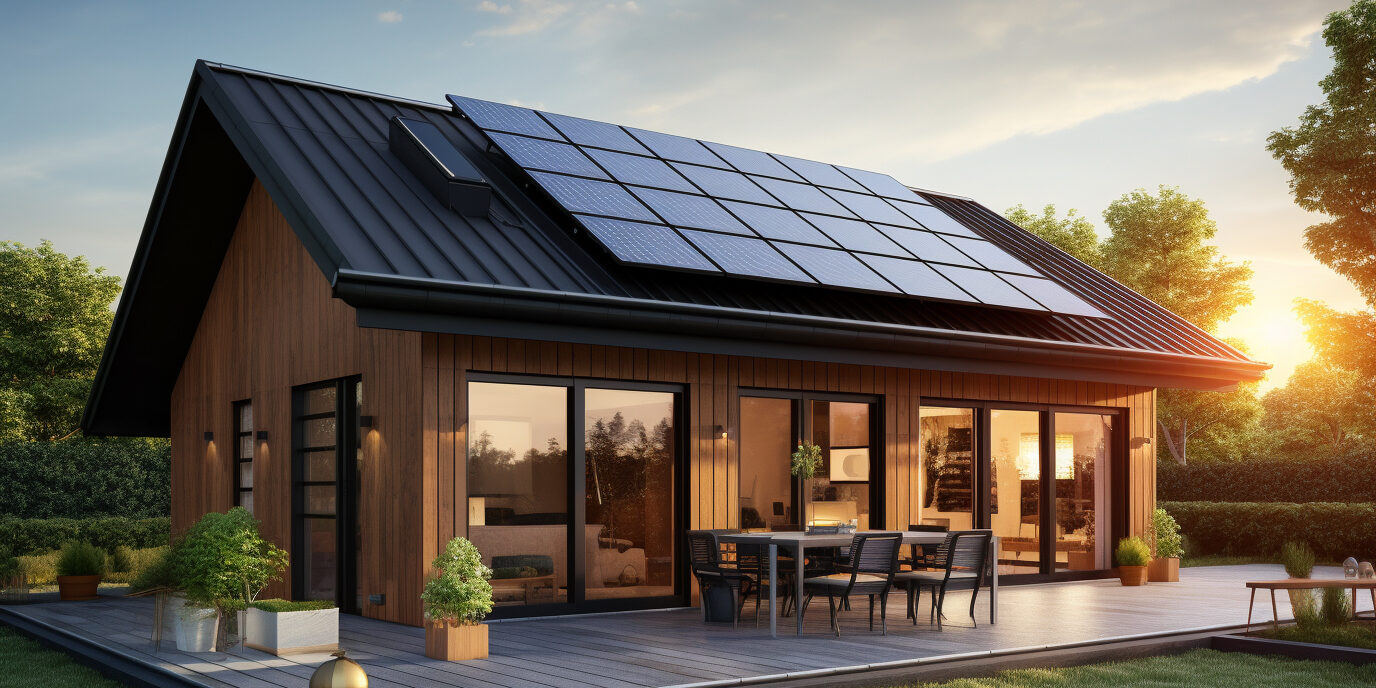
Many of us are becoming aware of the problem of plastic pollution in the ocean. But did you know that when you wash your synthetic fleece top, it may be releasing tiny fibers of polyester (which is made of plastic), into your wastewater, which can then contaminate water bodies?[1] A 2016 study found that microfibers (less than a millimeter in length) are being found in oceans as well as land, from the bottom of the Indian Ocean to U.S. farmland. Results found that when synthetic jackets are washed, on average 1,174 milligrams of microfibers are released from the washing machine. “These microfibers then travel to local wastewater treatment plant, where up to 40% of them can enter into rivers, lakes, and oceans (depending on local wastewater treatment conditions).”[2] The Global Microplastic Initiative points out that microplastics do not break down, and can bioaccumulate, affect cell function in fish, and can move from the digestive tract into the bloodstream. Microfibers have been detected in “table salt in China, in arctic waters, and in fish caught off the coast of California.”[3]
So what are some solutions?
- Purchase biodegradable fabrics such as cotton, hemp, and linen
- Seek better quality spun fibers that don’t shed as much as low quality clothing.
- Washing machines:
- Should have a lint filter.
- Front loading machines tend to cause less shedding than top loading machines.[4]
- Use a colder wash setting. Higher temperature can damage clothes and release more fibers.
- Dry spin clothes at low revs. Higher revolutions increase the friction between the clothes.
Learn more in the Green Wardrobe Guide.
#StopTheMicrofiber #GreenWardrobeGuide #Ecofashion #NoMorePlastic
[1] How Microplastics Cause Macro Problems for the Ocean
[2] Microfiber Pollution and the Apparel Industry
[3] Are We Eating Our Fleece Jackets?

 At the recent
At the recent 













